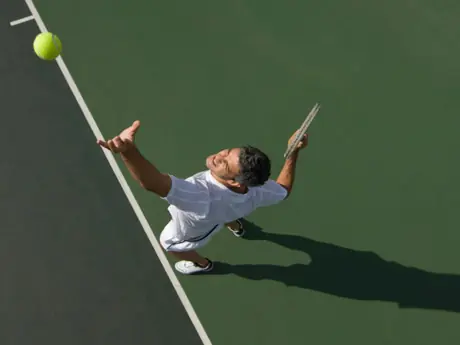
When serving in singles or in doubles you have three different choices of where you can place your serve in the service box.
Where you choose to place the serve should depend on your opponent's strengths and weaknesses as well as your ability to mix up the placement of the serve. Mixing up the placement of your serve will prevent your opponent from getting into a groove and keep them guessing where you might serve next.
To always serve in the same spot is a mistake. Your opponent will be ready for the serve and be more likely to hit winners more often.
More: 4 Steps to a Faster Serve
Your three choices are as follows: out wide, down the middle (down the "T") and at your opponent (into the body). Each of these three options have their own advantages and disadvantages, which can vary depending on your opponent's strengths. Below we will take a look at the three options in depth.
Serving Out Wide
Serving out wide can be an advantage as well as a disadvantage. If your opponent is not quick on his/her feet, dragging them off the court with a wide serve can create an easy point for you.
Serving out wide creates a wide open court for you to put away an easy winner if your opponent's return of serve is weak.
More: How to Return a Serve Like Agassi
If you're playing a slower player they may not be able to reach the ball, or they may not be able to prepare to hit the ball as effectively as they may like.
If you're a serve and volley player this serve gives you a lot of open court to put a volley away. If you're a baseliner than it gives you a lot of open court to hit the winner, or to hit the ball in the opposite corner and be in control of the point.
The disadvantage of serving out wide is that you've created an angle by hitting out wide. Now your opponent has a shot in which they too can return the ball at an angle, so be ready.
Don't think because you pulled your opponent out of the court that his/her return will be back down the middle. You now have to watch the down the line shot and at the same time be prepared to cover the cross court angle.
More: 2 Ways to Improve Your Second Serve
This is especially true for serve and volley players because you'll have less time to react to your opponent's return.
When serving out wide the ball has a longer distance to travel than serving down the middle. This means the ball will have to encounter more wind resistance, which will cause it to slow down before the opponent gets to the serve. The net height is also higher at the ends than it is in the middle, so you have less room for error serving out wide.
Serving Down the Middle (Down the "T")
Serving down the middle of the court, or "down the 'T"', eliminates the angles your opponent can hit.
With this serve you can expect more balls to be returned down the middle. This makes it easier to serve and volley, however you do not have the open court to hit the volley into.
If your opponent hits a return down the middle, you can take advantage of this and hit to your opponent's weaker side and start to control the point.
- 1
- of
- 2
About the Author




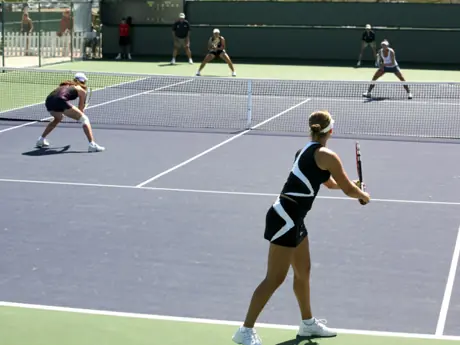
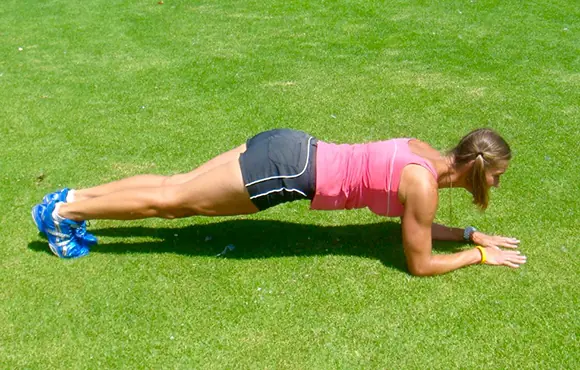
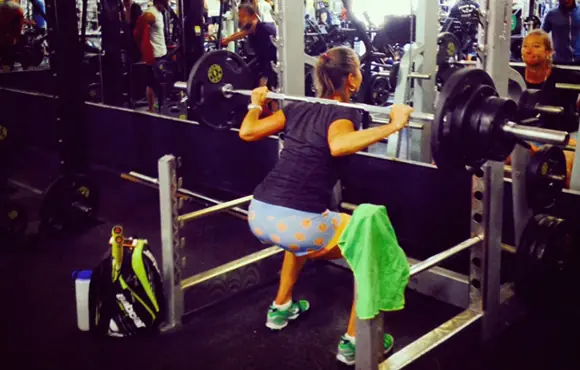

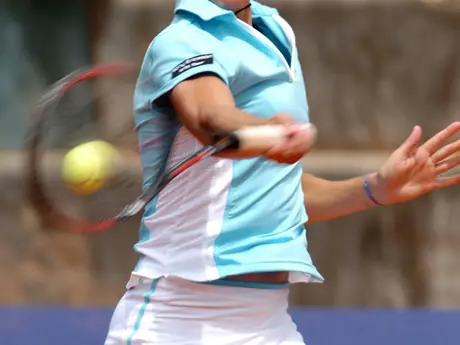
Discuss This Article